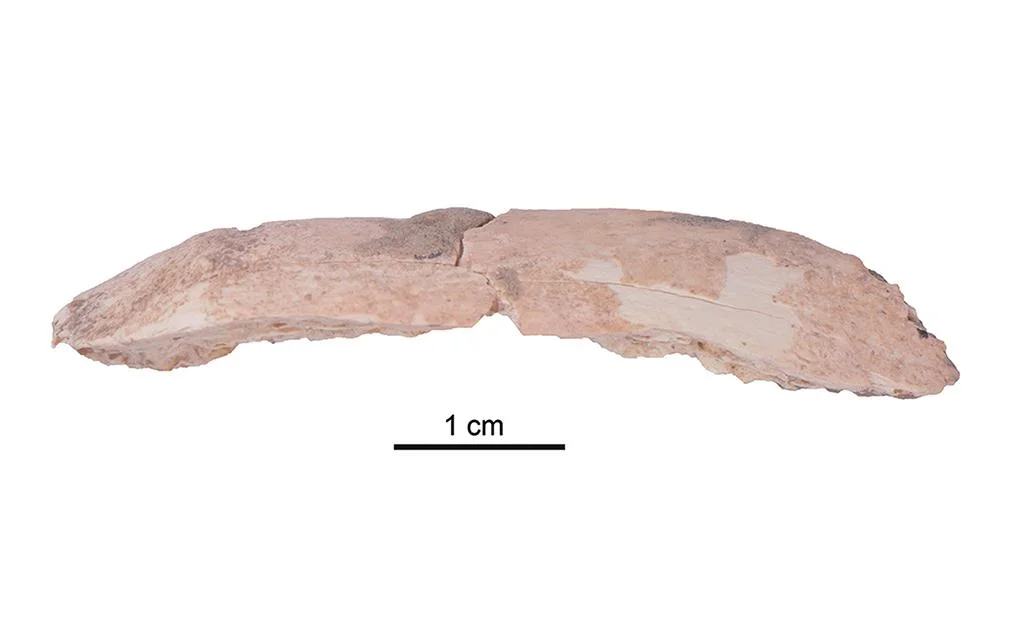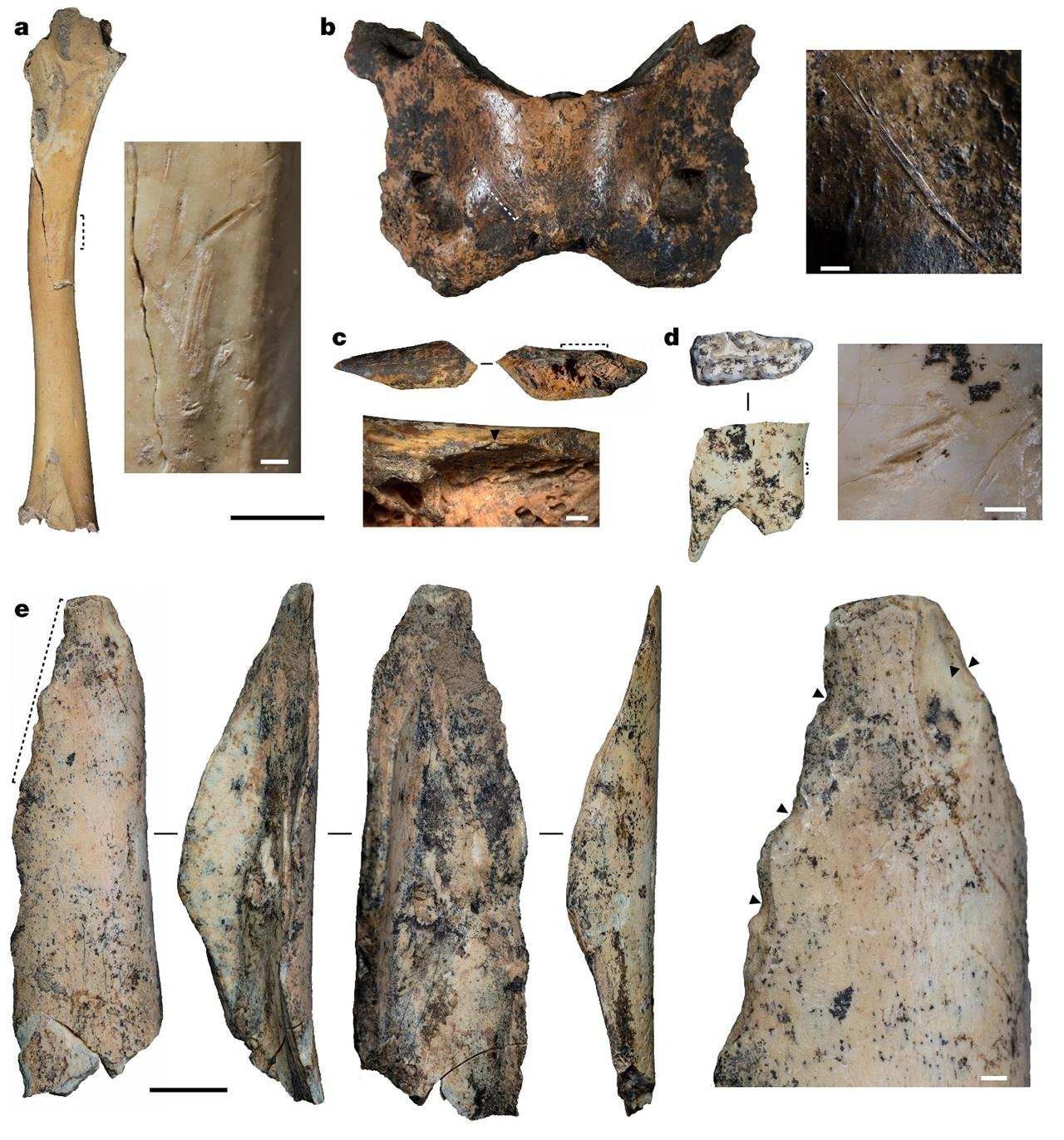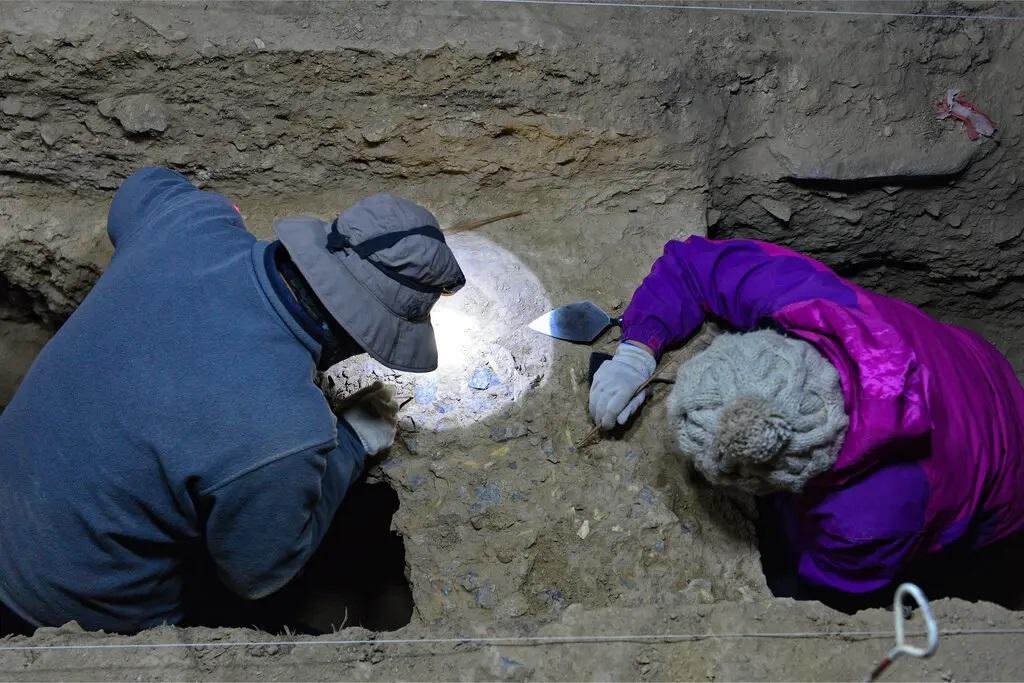Recent discoveries at the Baishiya Karst Cave on the Tibetan Plateau have shed new light on the Denisovans, an extinct ancient human species. A study published in Nature reveals that these early humans thrived in the harsh, high-altitude conditions of the Tibetan Plateau for over 100,000 years, showcasing an impressive adaptability to severe climates.

Situated at an altitude of 3,280 meters (10,700 feet), the Baishiya Karst Cave has been the focus of extensive archaeological investigations by an international team from Lanzhou University, the University of Copenhagen, and other institutions. The research involved examining more than 2,500 bone fragments discovered in the cave, many belonging to animals like blue sheep, wild yaks, marmots, and birds. Among the finds was a rib bone from a Denisovan individual dating back between 48,000 and 32,000 years, marking it as the most recent Denisovan fossil identified to date. This suggests that Denisovans occupied this region later than previously thought.
Dr. Geoff Smith, a zooarchaeologist at the University of Reading and a co-author of the study, commented, “Our findings provide new insights into how Denisovans adapted to high-altitude environments and changing climates. We are just beginning to grasp the behaviors of this remarkable human species.”

The research team utilized an innovative technique known as Zooarchaeology by Mass Spectrometry (ZooMS) to identify the bone fragments. This method analyzes bone collagen to distinguish between species. Dr. Huan Xia from Lanzhou University stated, “ZooMS enables us to glean important information from often neglected bone fragments, offering a deeper understanding of human activities.”
The analysis showed that Denisovans not only hunted and processed a variety of animals but also fashioned tools from their bones. The range of animal species found in the cave indicates a rich grassland habitat interspersed with some forested areas, akin to the current landscape. Dr. Jian Wang from Lanzhou University emphasized, “Current evidence points to the fact that it was Denisovans—rather than other human groups—who lived in the cave and made effective use of all available animal resources during their time there.”
The study highlights aspects of Denisovan life on the Tibetan Plateau. The presence of cut marks and notches on many bones implies that they were skilled at processing animals for meat, marrow, and hides, which were likely used for sustenance and clothing in the frigid plateau conditions.
Denisovans were first recognized in 2010 through a fragment of a finger bone found in Denisova Cave in Siberia. Genetic analyses indicated they were closely related to Neanderthals and interbred with both Neanderthals and modern humans. Evidence of Denisovan DNA in contemporary populations suggests they once roamed large parts of Asia.

In 2019, a jawbone with teeth discovered in Baishiya Karst Cave was confirmed to be Denisovan, dating back at least 160,000 years. This was followed by the detection of Denisovan DNA in cave sediments, further substantiating their presence in the area.
The latest findings from Baishiya Karst Cave emphasize the Denisovans’ remarkable adaptability to high-altitude living and their resilience amidst climatic changes. Dr. Dongju Zhang, an archaeologist and professor at Lanzhou University, expressed curiosity about their way of life: “We know that the Denisovans lived and occupied this cave and the Tibetan Plateau for such an extended period; we are eager to understand how they thrived there and adapted to their surroundings.”
This study paves the way for further exploration into how Denisovans interacted with other human groups, particularly modern humans who were dispersing throughout Eurasia around the same time. Dr. Welker suggested that future research could provide insights into potential interactions between Denisovans and modern humans on the Tibetan Plateau.

